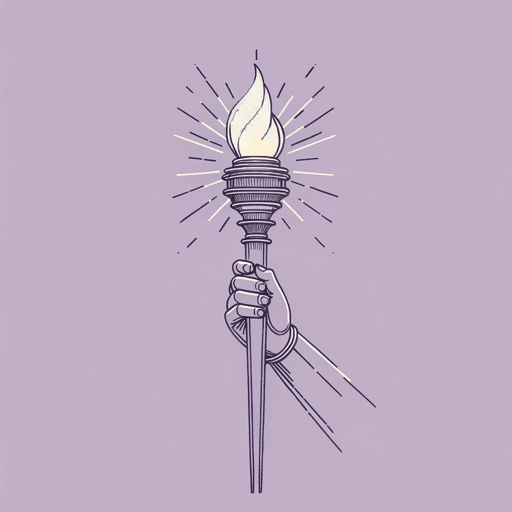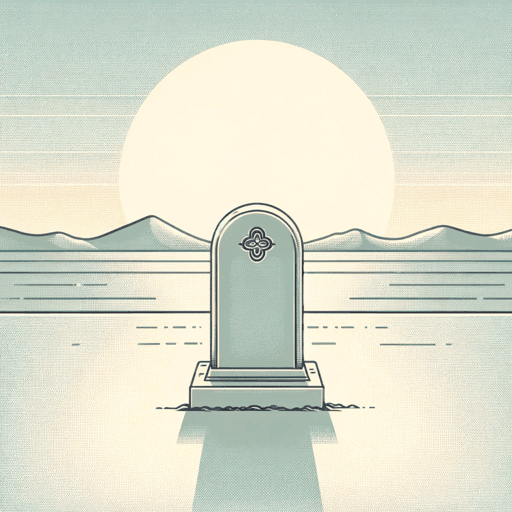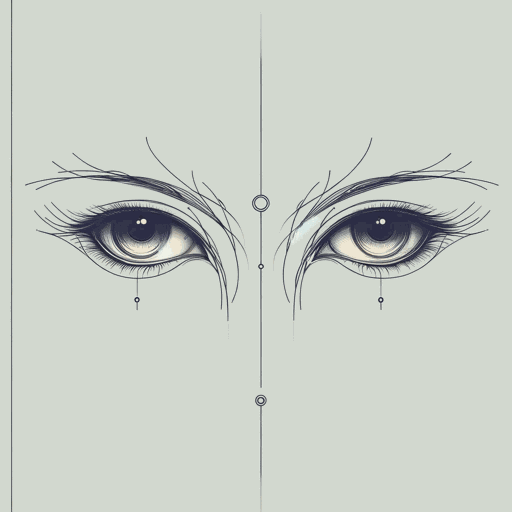29 pages • 58 minutes read
Edgar Allan PoeLigeia
Fiction | Short Story | Adult | Published in 1838A modern alternative to SparkNotes and CliffsNotes, SuperSummary offers high-quality Study Guides with detailed chapter summaries and analysis of major themes, characters, and more.
Story Analysis
Analysis: “Ligeia”
The success of the terror of “Ligeia” comes from Poe’s narrative ambiguity, established through his unnamed narrator’s first-person and unreliable narration. Readers have no choice but to follow along with the narrator’s interpretation of events and must then decide whether such events really occurred or whether they reflect the narrator’s unstable mind.
“Ligeia” is a story that is profoundly interested in the relationship and boundaries between life and death. Although the narrator establishes that he is reflecting on his past, his description of events are vivid and detailed, which conveys a sense of present moment rather than reflection. So, while the women of the story are presumably dead at the time of the telling, the narrator’s story brings them back to life. The nature of death is challenged as the narrator’s relationship to the women, specifically Ligeia, is very much alive, regardless of their physical status.
Although the boundaries between life and death are explored, especially as Ligeia seems to come back to life and reanimate Rowena’s body, the story ultimately presents Death as Omnipresent. Death permeates the narrative as a pervasive and dominant presence. The story begins with the narrator’s recollections of death and his musings on its enigmatic nature.
Related Titles
By Edgar Allan Poe

A Dream Within a Dream
Edgar Allan Poe

Annabel Lee
Edgar Allan Poe

Berenice
Edgar Allan Poe

Hop-Frog
Edgar Allan Poe

Tamerlane
Edgar Allan Poe

The Black Cat
Edgar Allan Poe

The Cask of Amontillado
Edgar Allan Poe

The Conqueror Worm
Edgar Allan Poe

The Facts in the Case of M. Valdemar
Edgar Allan Poe

The Fall of the House of Usher
Edgar Allan Poe

The Gold Bug
Edgar Allan Poe

The Haunted Palace
Edgar Allan Poe

The Imp of the Perverse
Edgar Allan Poe

The Lake
Edgar Allan Poe

The Man of the Crowd
Edgar Allan Poe

The Masque of the Red Death
Edgar Allan Poe

The Murders in the Rue Morgue
Edgar Allan Poe

The Narrative of Arthur Gordon Pym of Nantucket
Edgar Allan Poe

The Oval Portrait
Edgar Allan Poe

The Philosophy of Composition
Edgar Allan Poe

